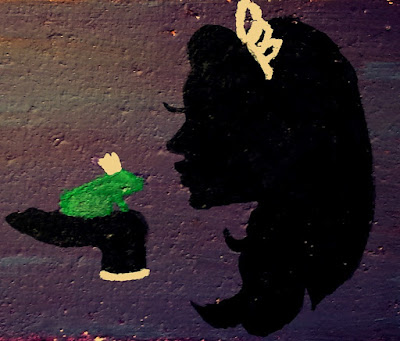 |
| Eastern chimpanzees don't want to be judged. Image by Ikiwaner at Wikimedia.com. |
Scientific terms generally come from common language, but are then are given more specific definitions for their scientific use. When we confuse scientific terms for their common-use meanings, society can be harmed. For example, the Merriam-Webster Dictionary includes a dozen different definitions of “theory” that all include strong elements of uncertainty (such as “an unproved assumption” and “an idea that is suggested or presented as possibly true but that is not known or proven to be true”). In contrast, the scientific term theory refers only to scientific explanations that have been substantiated through such a large amount of rigorous scientific testing and evidence that we are almost certain they are true (because scientists are supposed to never be completely certain). When the scientific term theory is confused with the common word “theory”, then concepts regarded essentially as fact among informed scientists are disregarded by politicians and many of the general public as “just a theory”.
Promiscuity is one of those scientific terms that was originally borrowed from common language and is now confused with its common-word counterpart. The Merriam-Webster Dictionary defines “promiscuous” as “having or involving many sexual partners”, which is almost exactly the scientific definition of polygamous. Thus, “promiscuous” is often misused, even by scientific researchers, when polygamous, polygynous, polyandrous, or polygynandrous are more accurate. Misidentifying the mating system of a species can obscure meaningful connections between behavior and ecology and can negatively impact conservation, captive breeding efforts, and medical and psychological advances.
 |
| Image from freedigitalphotos.net |
Want to know more? Check this out:
Elgar, M., Jones, T., & McNamara, K. (2013). Promiscuous words Frontiers in Zoology, 10 (1) DOI: 10.1186/1742-9994-10-66




